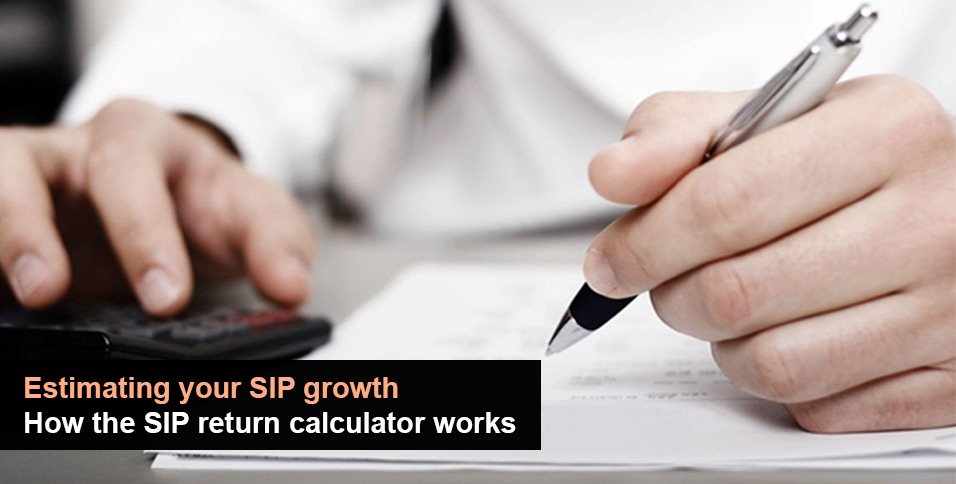Quality control: the cornerstone of manufacturing success. But human-led visual inspection falters. That’s where AI comes in. It’s changing quality control, offering unparalleled precision and efficiency. From automotive to pharma to semiconductors, AI-powered visual inspection is redefining industry standards. But how exactly is this technology driving operational excellence?
Key Notes
- AI visual inspection systems are used to detect microscopic defects often missed by human inspectors and traditional methods.
- AI in quality control significantly reduces false positives/negatives and costly product recalls.
- Advanced AI systems can identify unknown defects and run multiple inspection models simultaneously.
What Is Visual Inspection?
Visual inspection in manufacturing involves scrutinizing products to identify defects and ensure they meet quality standards.
Traditionally, skilled inspectors have performed this task manually. However, manual inspection is fraught with challenges such as human error, fatigue, and inconsistency.
These limitations can lead to overlooked defects, which results in costly product recalls.
From Manual to Automated
Many manufacturers have adopted automated visual inspection systems to overcome manual inspection limitations.
These systems use high-resolution cameras and sensors to capture detailed images of the production line, which are then analyzed by software to detect defects.
Automated systems offer huge advantages over manual methods, including increased accuracy, speed, and consistency. By eliminating human error and fatigue, these systems ensure every product is scrutinized to the same high standard.
Role of AI in Visual Inspection
AI takes automated visual inspection to the next level.
Leveraging machine learning and computer vision, AI can analyze vast amounts of image data quickly and accurately. Machine learning algorithms, trained on extensive datasets of both defective and non-defective products, can recognize patterns and anomalies that indicate defects.
This enables AI systems to detect even the smallest imperfections that can easily be missed by human inspectors or traditional automated systems.
Key Components of AI Visual Inspection Systems
An AI-powered visual inspection system typically comprises these key components:
- Hardware: High-resolution cameras and advanced sensors that capture detailed images of products.
- Visual Inspection Software: The brain of the system. It uses machine learning algorithms to analyze images and identify defects.
- Data Processing and Analytics: Process vast amounts of data in real time, providing immediate feedback on product quality.
The AI Advantage
AI visual inspection offers several benefits:
- Enhanced Defect Detection Capabilities: AI systems can detect defects with higher accuracy than human inspectors or traditional automated systems.
- Reduction in False Positives and Negatives: By accurately distinguishing between defective and non-defective products, AI reduces the number of false positives and negatives, improving overall quality control.
- Real-Time Quality Control and Monitoring: AI systems provide real-time feedback, allowing manufacturers to address issues immediately and prevent defective products from leaving the production line.
- Cost Savings and Efficiency Improvements: By automating the inspection process, AI lowers labor costs and increases efficiency.
AI Inspection Trailblazers
Several companies are at the forefront of AI visual inspection, each offering unique solutions that leverage advanced technologies to enhance quality control processes across various industries.
They provide comprehensive systems that integrate machine vision, AI algorithms, and robust data analytics to deliver exceptional accuracy and efficiency in defect detection.
Averroes.ai’S: Standing Out in the Crowd
Among these industry leaders, Averroes.ai’s Visual Inspection capabilities stand out due to its deep learning capabilities with advanced features, such as:
- Complex Pattern Recognition: Detects and interprets intricate patterns within images, critical for identifying subtle product defects and variations.
- Active Learning Capabilities: Continuously improves its performance by learning from operational data, ensuring that it stays up-to-date with the latest defect patterns and manufacturing processes.
- Detection of Unknown Defects: Identifies defects that have not been pre-defined or previously seen, providing an extra layer of quality assurance, which is highly beneficial for high-precision industries.
- Low False Reject Rates: By accurately distinguishing between defective and non-defective products, they minimize false rejects, avoiding unnecessary costs and production delays.
- Multiple Model Processes: Running multiple models simultaneously allows their system to handle various types of inspections within a single system.
Industry Applications of AI Visual Inspection
AI visual inspection finds applications in most manufacturing industries, including:
- Automotive: Ensures that every component, from small parts to complex assemblies, meets safety and quality standards.
- Pharma: Ensures medications are free from contaminants and defects, maintaining safety and efficacy.
- Semiconductors: Identifies minute defects in chips and wafers, ensuring the performance and reliability of semiconductor devices.
- Food and Beverage: Maintains high quality standards by detecting foreign contaminants or packaging defects that could compromise product safety.
Frequently Asked Questions
How does AI improve visual inspection processes?
AI improves visual inspection by leveraging machine learning and computer vision to analyze images quickly and accurately. It detects defects with more precision than human inspectors or traditional automated systems can.
What industries benefit the most from AI visual inspection?
All manufacturing industries benefit greatly from AI visual inspection. However, high-precision industries such as automotive, electronics, pharmaceuticals, and semiconductors see a higher ROI due to the high quality and safety standards required in these sectors.
What are the challenges of implementing AI in visual inspection?
Challenges include the initial cost of implementation, the need for high-quality training data, and the integration of AI systems with existing manufacturing processes.
Conclusion
From detecting microscopic defects to eliminating human error, AI-powered systems are transforming industries and redefining quality standards. As the leading companies continue to push the boundaries of what’s possible, the future of quality assurance looks brighter than ever.
For manufacturers looking to improve precision, reduce costs, and maintain a competitive edge, adopting AI in visual inspection processes is a strategic move.
Also Read: Artificial Intelligence and Education: Hassan Taher Asks Teachers to Embrace AI










